View from Nutanix storage during Postgres DB benchmark
n0derunner
JUNE 28, 2019
In this example from prior post. The post View from Nutanix storage during Postgres DB benchmark appeared first on n0derunner. A quick look at how the workload is seen from the Nutanix CVM. The Linux VM running postgres has two virtual disks – one taking transaction log writes.




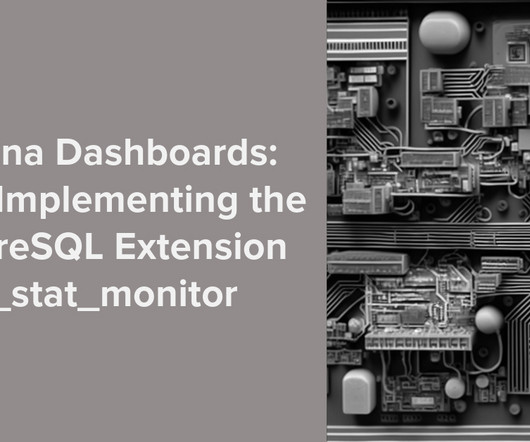













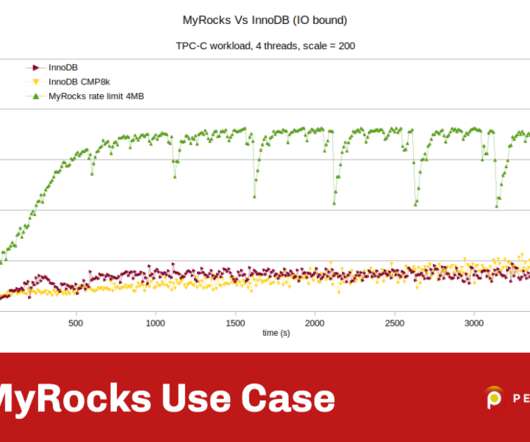

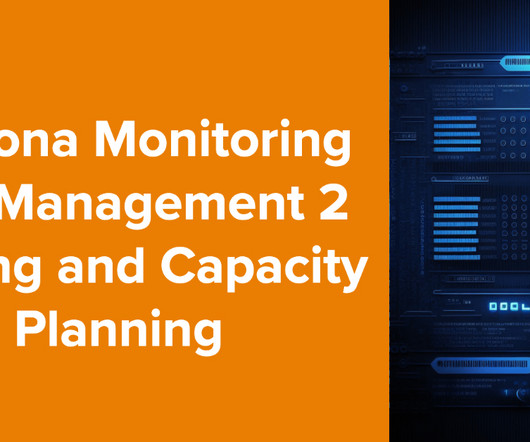

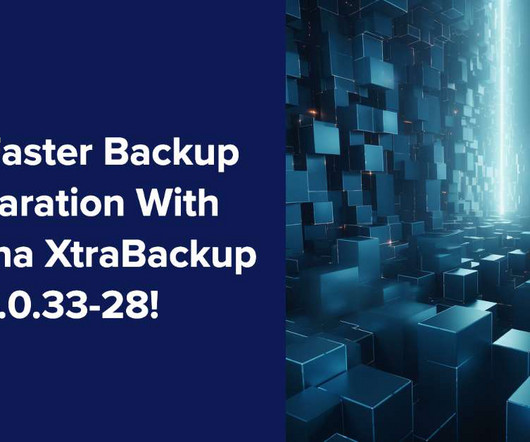




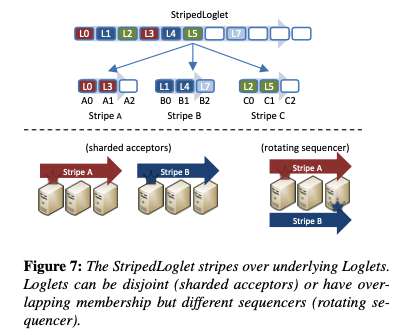
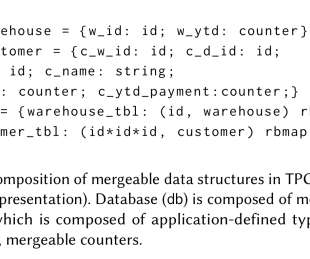



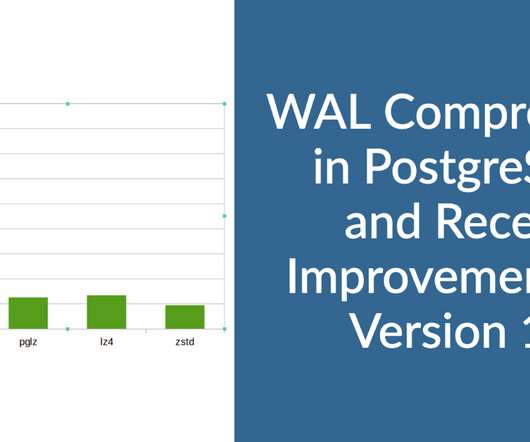
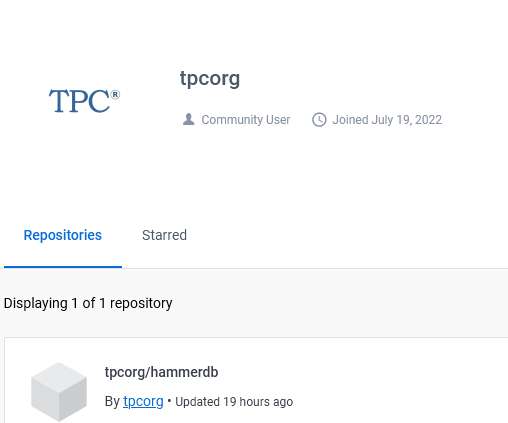















Let's personalize your content